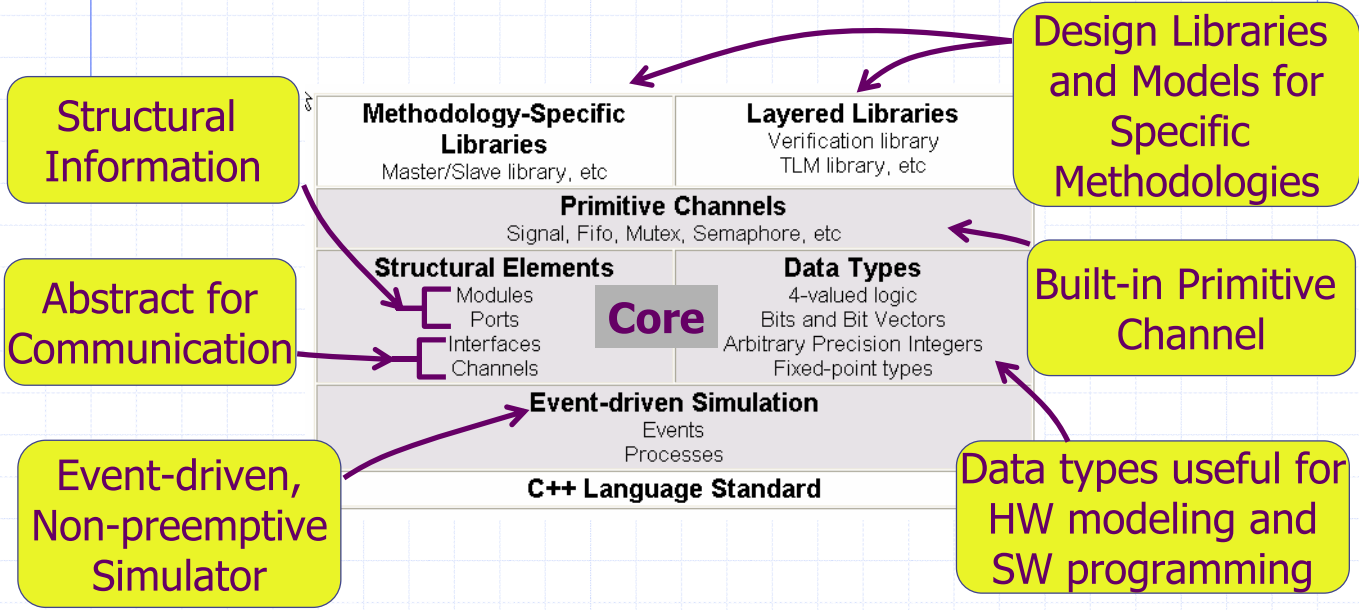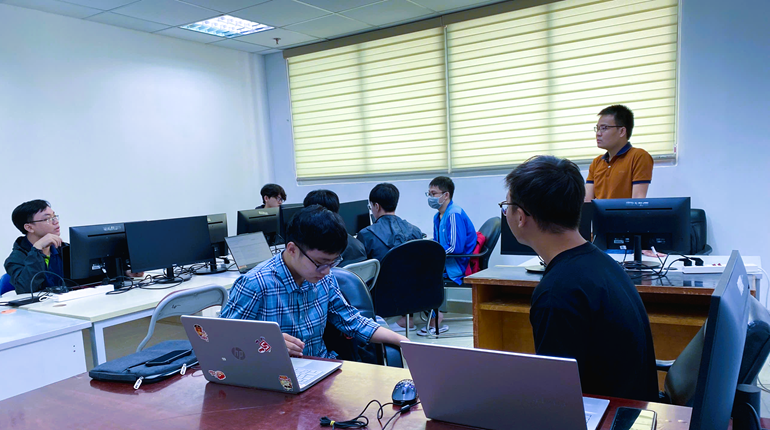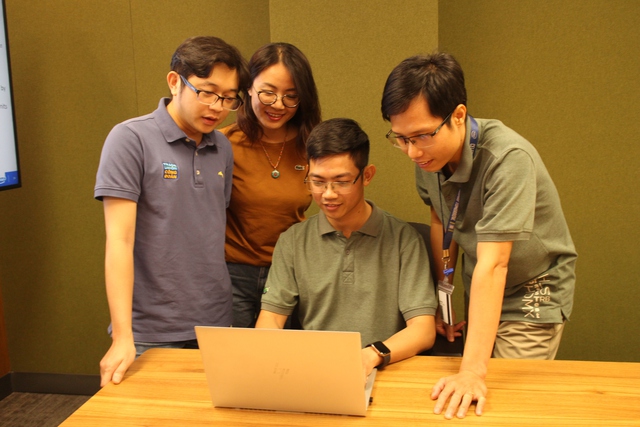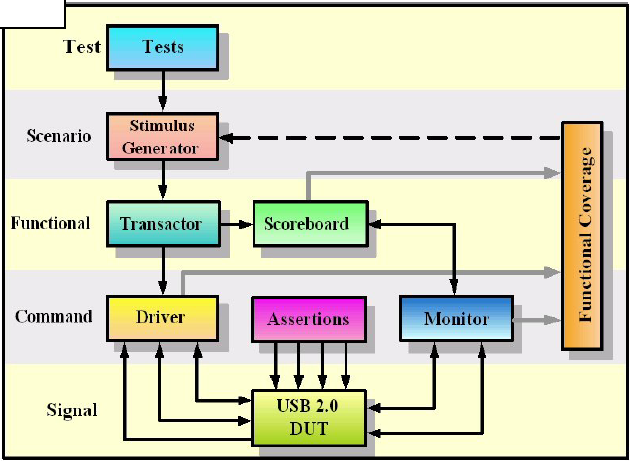
Global Watching
SC_CTHREAD processes typically have infinite loops that will continuously execute. A designer typically wants some way to initialize the behavior of the loop or jump out of the loop when a condition occurs.
This is accomplished through the use of the watching construct. The watching construct will monitor a specified condition. When this condition occurs control is transferred from the current execution point to the beginning of the process, where the occurrence of the watched condition can be handled. The watching construct is only available for SC_CTHREAD processes.
| The delayed() function is required for the signal in a watching expression in order for the description to compile properly. The delayed() function allows the compiler to identify signals that are used in watching expressions. |
One unexpected consequence of control exiting the while loop and starting again at the beginning of the process is that all of the variables defined locally within the process will lose their value. If a variable value is needed to be kept between invocations of the process, declare the variable in the process module, and not local to the process.
Example Global Watching
In the constructor of the example is the following statement: watching(reset.delayed() == true); This statement specifies that signal reset will be watched for this process. If signal reset changes to true then the watching expression will be true and the SystemC scheduler will halt execution of the while loop for this process and start the execution at the first line of the process.
1 //-----------------------------------------------------
2 // This is my second Systemc Example
3 // Design Name : first_counter
4 // File Name : first_counter.cpp
5 // Function : This is a 4 bit up-counter with
6 // Synchronous active high reset and
7 // with active high enable signal
8 //-----------------------------------------------------
9 #include "systemc.h"
10
11 SC_MODULE (first_counter) {
12 sc_in_clk clock ; // Clock input of the design
13 sc_in<bool> reset ; // active high, synchronous Reset input
14 sc_in<bool> enable; // Active high enable signal for counter
15 sc_out<sc_uint<4> > counter_out; // 4 bit vector output of the counter
16
17 //------------Local Variables Here---------------------
18 sc_uint<4> count;
19
20 //------------Code Starts Here-------------------------
21 // Below function implements actual counter logic
22 void incr_count () {
23 if (reset.read() == 1) {
24 count = 0;
25 counter_out.write(count);
26 cout<<"@" << sc_time_stamp() <<
27 " :: Watching reset is activated "<<endl;
28 }
29 while (true) {
30 wait();
31 // If enable is active, then we increment the counter
32 if (enable.read() == 1) {
33 count = count + 1;
34 counter_out.write(count);
35 }
36 }
37 } // End of function incr_count
38
39 // Below functions prints value of count when ever it changes
40 void print_count () {
41 while (true) {
42 wait();
43 cout<<"@" << sc_time_stamp() <<
44 " :: Counter Value "<endl;
45 }
46 }
47
48 // Constructor for the counter
49 // Since this counter is a positive edge trigged one,
50 // We trigger the below block with respect to positive
51 // edge of the clock
52 SC_CTOR(first_counter) {
53 // cthreads require to have thread name and triggering
54 // event to passed as clock object
55 SC_CTHREAD(incr_count, clock.pos());
56 watching(reset.delayed() == true);
57 // Level Sensitive to change in counter output
58 SC_THREAD(print_count);
59 sensitive << counter_out;
60 } // End of Constructor
61
62 }; // End of Module counter
Simulation Output : Global Watching
SystemC 2.0.1 --- Oct 6 2006 19:17:37
Copyright (c) 1996-2002 by all Contributors
ALL RIGHTS RESERVED
@0 s Asserting reset
WARNING: Default time step is used for VCD tracing.
@10 ns De-Asserting reset
@11 ns :: Watching reset is activated
@13 ns :: Watching reset is activated
@15 ns :: Watching reset is activated
@17 ns :: Watching reset is activated
@19 ns :: Watching reset is activated
@21 ns :: Watching reset is activated
@23 ns :: Watching reset is activated
@25 ns :: Watching reset is activated
@27 ns :: Watching reset is activated
@29 ns :: Watching reset is activated
@40 ns Asserting Enable
@41 ns :: Counter Value 1
@43 ns :: Counter Value 2
@45 ns :: Counter Value 3
@47 ns :: Counter Value 4
@49 ns :: Counter Value 5
@51 ns :: Counter Value 6
@53 ns :: Counter Value 7
@55 ns :: Counter Value 8
@57 ns :: Counter Value 9
@59 ns :: Counter Value 10
@61 ns :: Counter Value 11
@63 ns :: Counter Value 12
@65 ns :: Counter Value 13
@67 ns :: Counter Value 14
@69 ns :: Counter Value 15
@71 ns :: Counter Value 0
@73 ns :: Counter Value 1
@75 ns :: Counter Value 2
@77 ns :: Counter Value 3
@79 ns :: Counter Value 4
@80 ns De-Asserting Enable
@80 ns Terminating simulation
Bạn Có Đam Mê Với Vi Mạch hay Nhúng - Bạn Muốn Trau Dồi Thêm Kĩ Năng
Mong Muốn Có Thêm Cơ Hội Trong Công Việc
Và Trở Thành Một Người Có Giá Trị Hơn
















